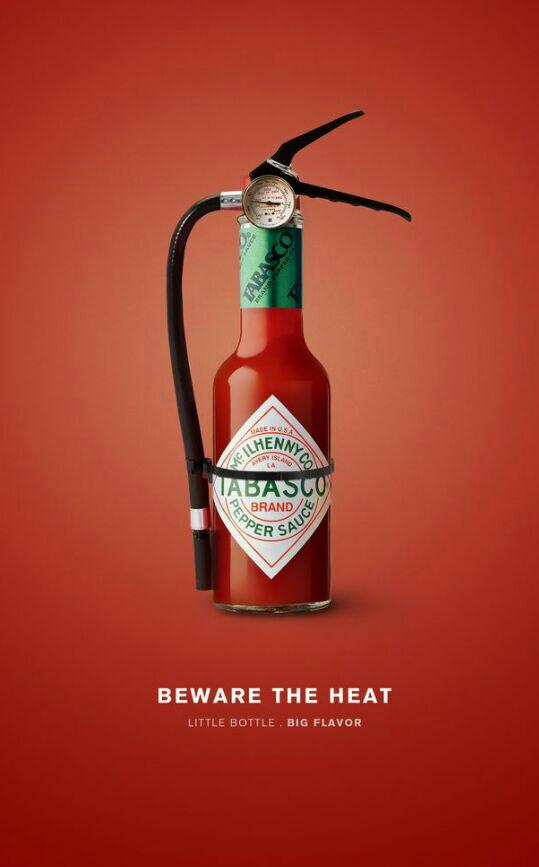What are some of the key questions Barthes aims to investigate in the article?
In this paper, Barthes aims to investigate the context of an image: how the image gets its meaning when does the interpretation stop, if there is anything beyond the meaning. He investigates this through categorizing the meaning of an image into three categories, the linguistic message, a coded iconic message and a non-coded iconic message. The linguistic message comes from the captions, labels, accompanying press articles, film dialogue, and comic strip balloons. This message can either be connoted or denoted. The coded iconic message comes from the pure image. To infer this message one needs to have a background cultural knowledge of the image. The third message, the uncoded iconic message is constituted by the object and its scene, the relationship between the code signified and the analogical representation.
All images are polysemous where the viewer is able to choose some and ignore the others. There are two functions of a linguistic message: anchorage and relay. An Anchorage text is a text, prone to multiple meaning. They direct the reader through the signified of image, causing him to read some and miss the others. This is one of the most frequent functions of a linguistic text and is commonly found in press photographs. where as relay texts and the image compliments each other, allowing the fragments of messages to be read at a higher level of unity. relay text can be often found in films.
Barthes also brought across the point that the coded nature of a drawing can be read at three levels. Firstly a set of rules that governs the transposition of an image (perspective). Secondly, the artist needs to divide the significant from the insignificant where he reproduce parts in details while omitting the rest. Thirdly, the drawing requires an apprenticeship. In other words, the denotation of a drawing is less pure as compared to a picture. as the camera cannot alter the object while the artist is able to in a drawing.
Do you agree or disagree with his argument and point of view?
I do agree with Roland Barthes point of view. An image has both the connoted and denoted signs. these signs complement each other to allow the viewer to read and understand the image better. However, I disagree with his point on the denotation of a drawing is less pure as compared to photograph. Despite having the freedom to alter the objects to fit in with the ideal standard in paintings, photography also has the ability to alter the object: Photoshop. Photographers are able to digitally manipulate to create an image that is equally unrealistic and heavily edited.

For example, Andreas Gursky digitally manipulated this image of a river into perfectly horizontal parallel planes of the land and the water body. Hence, I strongly disagree with Barthes point where denoted paintings are less pure as compared to photography.
Provide a brief analysis (200 words) on an advertisement of your choice by using the terms/ concepts proposed by Barthes and discuss the role of text and its relationship with the image in the advertisement. Please include an image the advertisement in your post.
This is an advertisement for Tabasco Hot sauce. The literature message reads: “Beware the heat, little bottle, big flavor accompanies the text. The purpose of a fire extinguisher is to put out a fire. Taking away the literature message, A small bottle of Tabasco bottle can be seen placed against a red background with a fire extinguisher noose, the pure image. The imagery further solidifies the text saying “beware the heat”. This implies that the hot sauce is so spicy that literally a fire extinguisher is needed to put out the flames. The bigger text acts as an Anchorage text, guiding us in reading this message as the spiciness of the hot sauce ( focus is on the fire) instead of the hot sauce being cooling ( fire extinguisher extinguishing the fire). The smaller text: “little bottle, big flavor” acts as a relay text further reinforce the idea of the spiciness of this hot sauce.
